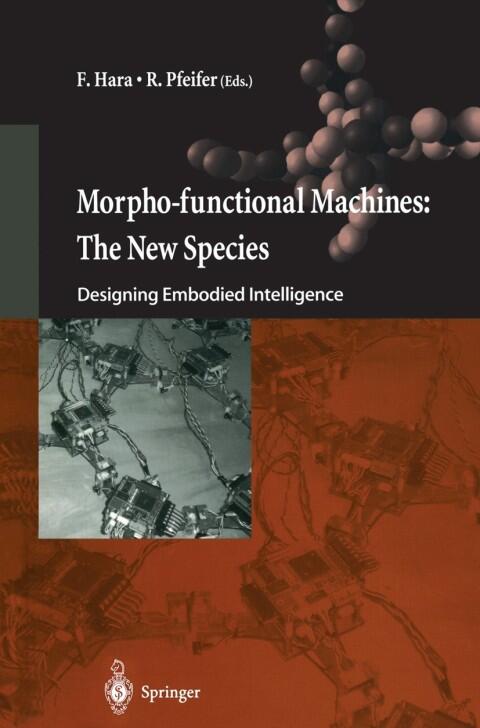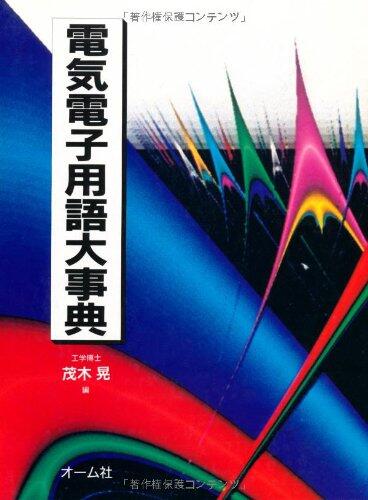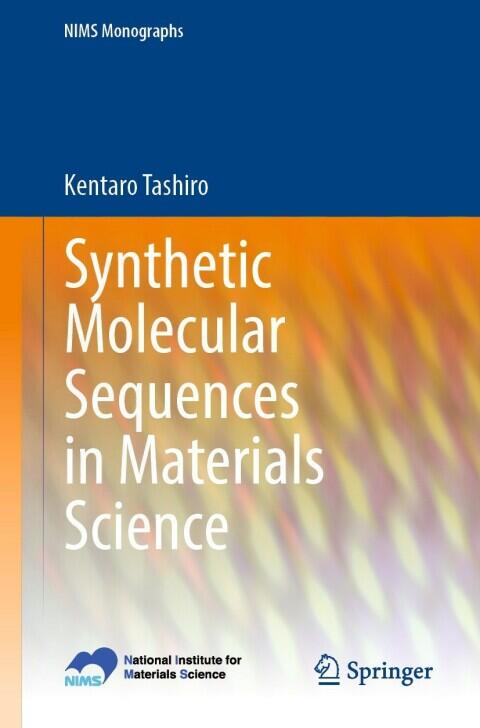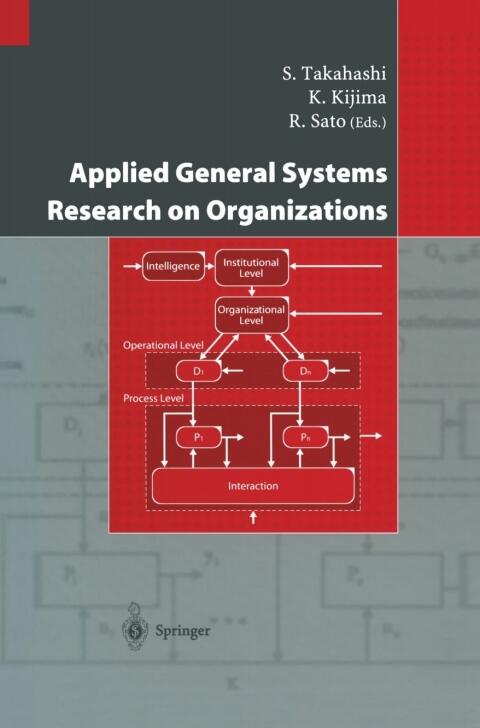
Morpho-functional Machines: The New Species: Designing Embodied Intelligence
توسط
F. Hara; R. Pfeifer
هنوز رتبهبندی نشده است
Science & Technology
فرمت
کیندل
صفحات
421
زبان
ژاپنی
منتشر شده
Jan 1, 2011
ناشر
Springer
نسخه
2003
ISBN-10
4431678697
ISBN-13
9784431678694
توضیحات
In a world where the boundaries of technology and biology increasingly blur, the exploration of Morpho-functional Machines unveils a fascinating journey into the realm of embodied intelligence. This book dives deep into the design principles that govern these machines, offering readers a comprehensive understanding of how they can mimic the complexities of living organisms. Through meticulous research and innovative frameworks, it proposes new ways to think about machine design, encouraging a re-evaluation of what constitutes intelligence.
The authors shine a light on how these machines, drawing inspiration from nature, can enhance various fields, from robotics to artificial intelligence. By understanding the underlying morphologies and functionalities of natural systems, they lay the groundwork for creating more effective and adaptable technologies. Each chapter not only presents theoretical insights but also showcases practical applications, making the content accessible for both novices and experts.
As the narrative progresses, readers are introduced to various case studies that illustrate the practical implications of Morpho-functional design. These examples provide a glimpse into how the principles outlined can be applied to real-world challenges, bridging the gap between theory and practice. The book emphasizes the importance of flexibility and adaptability in machine design, mirroring the evolutionary processes seen in nature.
Ultimately, it serves as a pivotal resource for anyone interested in the future of intelligent systems, intertwining science, engineering, and philosophy. The compelling arguments and visionary concepts presented invite readers to reconsider what the next generation of machines could achieve, paving the way for groundbreaking advancements in technology and our understanding of intelligence itself.
The authors shine a light on how these machines, drawing inspiration from nature, can enhance various fields, from robotics to artificial intelligence. By understanding the underlying morphologies and functionalities of natural systems, they lay the groundwork for creating more effective and adaptable technologies. Each chapter not only presents theoretical insights but also showcases practical applications, making the content accessible for both novices and experts.
As the narrative progresses, readers are introduced to various case studies that illustrate the practical implications of Morpho-functional design. These examples provide a glimpse into how the principles outlined can be applied to real-world challenges, bridging the gap between theory and practice. The book emphasizes the importance of flexibility and adaptability in machine design, mirroring the evolutionary processes seen in nature.
Ultimately, it serves as a pivotal resource for anyone interested in the future of intelligent systems, intertwining science, engineering, and philosophy. The compelling arguments and visionary concepts presented invite readers to reconsider what the next generation of machines could achieve, paving the way for groundbreaking advancements in technology and our understanding of intelligence itself.
نقدها
هنوز نظری ثبت نشده است
اولین نفری باشید که این کتاب را نقد کرده و نظرات خود را به اشتراک میگذارید
اولین نقد را اضافه کنیدسابقه خواندن
گزارشهای خواندنی یافت نشد
برای مشاهده گزارشها در اینجا، شروع به ردیابی پیشرفت خواندن خود کنید
اضافه کردن اولین سابقه خواندن شمایادداشتها
گزارش تراکنشها
هیچ گزارش تراکنشی یافت نشد
برای مشاهده گزارشها در اینجا، شروع به ردیابی معاملات کتاب خود کنید
اضافه کردن اولین سابقه تراکنش شما


















